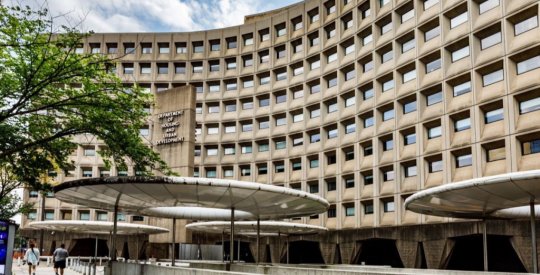The nation’s major banks are continuing to walk away from FHA-backed mortgages, according to the Urban Institute’s Housing Finance Policy Center February Chartbook.
And not only are nonbanks stepping in to take over the space, overall, they are continuing to ease access to credit.
“Bank and nonbank FICO scores reveal that nonbanks brought the Agency median FICO down four points to 726 between November 2018 and January 2019,” the Urban Institute said in an email.
The average agency FICO score for banks is high at 745, compared to 713 at nonbank lending institutions. Both show FICO requirements on the way down, but it's more pronounced at the nonbanks. Why?
Nonbanks are also more accommodating for increasing debt-to-income ratios, even as mortgage rates overall inch upward, driving up monthly mortgage payments for borrowers.
“The median LTV for nonbank and bank originations are comparable, while the median DTIs for nonbank loans are higher,” the report states.
Here’s the explanation for the trend:
Since early 2017 there has been a sustained increase in DTIs. This is true for both Ginnie Mae and GSE, for banks and nonbanks. Rising DTIs are to be expected in a rising rate environment, as higher interest rates, which usually accompany higher home prices, drive up borrowers’ monthly payments, and the reduction in refinance volumes makes lenders more apt to work a bit harder to get a loan approved for a marginal borrower.
In better news, lenders are also finally making a bit more profit per loan.
“As of January 2019, profitability was $1.91 per $100 of loan which is lower than it’s been for most of the past 10 years but up a bit over the past few months thanks to increased mortgage demand and falling rates at the end of 2018,” the report adds.
However, the report warns that as refi activity continues to dip and rates rise, competition will force originators to lower their rate of lending and begin to erode profitability.
This one chart, from the report, shows the next two years of mortgage lending in a nutshell (click to enlarge). Check out the full year projections for 2019 and 2020. They are both similar in prediction.






